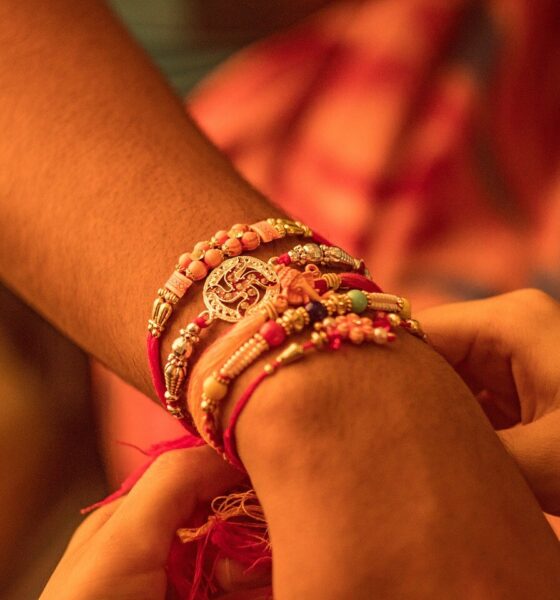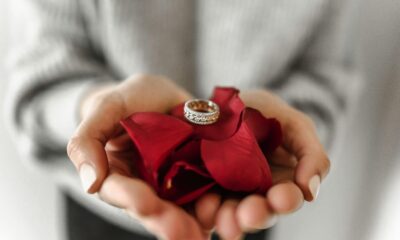Art
Lakshminarayana Global Music Festival 2020

29th Year of Lakshminarayana Global Music Festival 2020 was launched with its first concert yesterday at Siri Fort Auditorium, New Delhi. It will be followed by Hyderabad on 6th January, Pune on 8th January, Bangalore on 15th January with Flamenco Dance performance and the festival will culminate on 16th January in Chennai with an Indian Classical Concert.
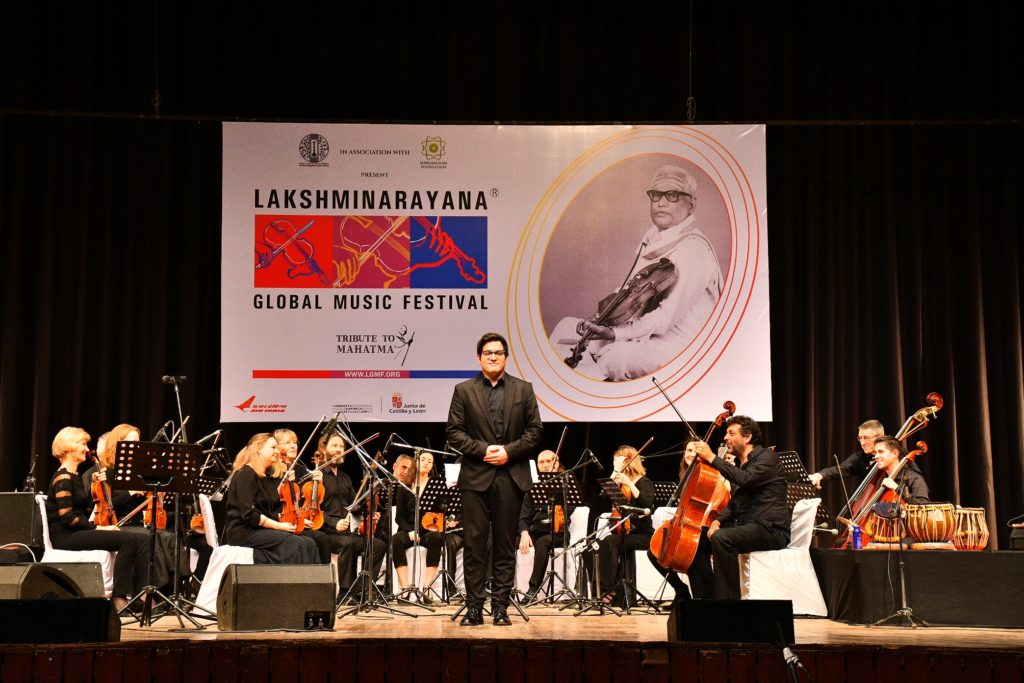
LGMF was started in 1992 by Viji and Dr. L. Subramaniam in the memory of his father, mentor and guru Prof.V. Lakshminarayana. This year’s LGMF is a musical tribute to Mahatma Gandhi to celebrate his 150th birth year and it was a great success. LGMF helps to preserve and nurture Indian classical music for posterity. LGMF through global collaborations have taken special initiatives to inspire future generations of musicians to gain knowledge of different genre of music.
The Lakshminarayana Global Music Festival is an opportunity for the future generations to learn from maestros from around the world.
Lakshminarayana Global Centre of Excellence (LGCE), was started by Dr. L. Subramaniam and Kavita Krishnamurti to bridge the gap between Gurukul and University education system, giving global exposure to undergraduate and graduate students with special focus on practical aspect of their music speciality, LGCE will give importance to performance training as much as theoretical education.
Schott Music – the leading publisher for classical and contemporary music, has published many of the orchestral composition written for the festival by Dr. L Subramaniam.
Subramaniam Academy of Performing Arts (SaPa), founded by Dr. L. Subramaniam and Kavita Krishnamurti Subramaniam in 2007. It was their dream to create a home for global music in India.
SaPa is headed by Bindu and Ambi Subramaniam and is imparting music education to more than 30,000 children in various schools of the country. Since it’s inception, SaPa has been focused on nurturing the next generation of performers and creating global musical exchanges and dialogues.
Prof.V. Lakshminarayana believed that a person who wasn’t involved in some form of culture was never truly complete.
Following eminent guests were present at the concert:
1. Mr Akhilesh Mishra- Director General, Indian Centre for Cultural Relations (ICCR)
2. H.E. Mr. François Delhaye- Ambassador of Belgium
3. Ignacio Vitórica Hamilton- First Secretary, Embassy of Spain
Dr L. Subramaniam said, “Lakshminarayana Global Music Festival (LGMF) brings together the world’s greatest artists on one platform to spread awareness on global cultures to India and on Indian classical music abroad, globally“
————————————————————————————————————
Dr L. Subramaniam, Kavita Krishnamurti and Symphony Orchestra of Castile and Leon from Spain performed the following in concert:
1. J. Turina. La oración del torero (Orchestra solo)
2. Spring Rhapsody (Orchestra solo)- Composed by Dr. L. Subramaniam
Spring Rhapsody is a composition based on different South Indian classical ragas and changing rhythmic cycles, derived from South Indian tala systems. The harmony, which is used, is derived from the ragas, which enhances the Indian flavour and mood. This composition was commissioned by New England Conservatory and is dedicated to J. S. Bach. It is written for Woodwinds (Flute, Oboe and Clarinet) and strings. It,s in three movements- Rubato, Rubato espressivo and Allegro.
Movement one Rubato starts with Flute solo section, sounding like improvisation going into the rhythmic section and there are trade-offs between different Orchestral instruments ending with a rhythmic motif repeated three times. The second movement Rubato expressive starts in time signature 5/ 4 changing to 4/ 4, 3/ 4 etc. bringing in a serene mood. Third movement Allegro starts with changing time signatures and goes into a trade-off section between the woodwinds and the motif gets shorter leading to the recapitulation of the main theme. This piece is also classical contemporary composition based on Indian and western classical music using raga based harmony and complex rhythmic structure. Published by Schott Music International.
3. Raghupathi Raghava Raja Ram (Orchestra & Kavita Krishnamurti)
Raghupati Raghav Raja Ram (Ram Dhun) is a notable bhajan (devotional song) that was widely popularised by Mahatma Gandhi
4. Vaishnava Jana To (Orchestra & Kavita Krishnamurti)
Vaishnava Jana To, a bhajan was sung by Kavita ji. The poet Narsinh Mehta in the Gujarati language wrote this bhajan in the 15th century. This song became popular during the lifetime of Mahatma Gandhi and was rendered as bhajan in his Sabarmati Ashram by vocalists and instrumentalists like Gotuvadyam Narayana Iyengar. The poem speaks about the life, ideals and mentality of a Vaishnava Jana (a follower of Vishnu). It was popular among freedom fighters throughout India.
5. Jo Tum Todo (Orchestra & Kavita Krishnamurti)
Composed by Kavita Krishnamurti and arranged by Dr. L. Subramaniam
6. Nadapriya (Orchestra & Dr. Subramaniam)
Nada Priya is a composition composed by Dr L. Subramaniam for Violin solo, Indian Percussion, Woodwinds and Strings. The composition is based on raga Harmony and the first moment starts with time signature 7,8 alternating 3,4 changing to 6,8 and 12,8 making it rhythmically interesting. First moment was based on Kanakangi, first of the 72 parent scales in South Indian classical music. Second moment started with viola section playing the theme based on 14th parent scale Vakulabharanam, and it created the impression of improvisation. This was further developed by the violin soloist and in the end the entire orchestra joined in the mainstream. Here once again there were different time signatures incorporated in the section.
The third moment was based on derived scale raga Shuddha Saveri of South Indian Classical music (Carnatic music) with quick change in time signatures. The cadenza which is improvised by the violin soloist followings which there’s a trade-off section between orchestra and violin soloists staring 3 notes per beat increasing in steps to 4,5,6,7 notes per beat. The performance ended with a rhythmic cadence. Published by Schott Music International.
The Regional Government of Castile and Leon formed the Symphony Orchestra of Castile and Leon from Spain in 1991. During the last two and a half decades, the Castile and Leon Orchestra has performed in hundreds of concerts together with a wide list of artists.
Art
Natelier by Bent Chair Unveils ‘Gallop’ – A Striking Ode to 18th Century Equestrian Grandeur

Natelier by Bent Chair, the avant-garde label known for reimagining classical artistry in modern interiors, proudly unveils ‘Gallop’, a captivating artwork that celebrates the timeless elegance of equestrian life. Fusing heritage with high style, this piece is a compelling visual narrative that mirrors the refined aesthetic language of Natelier.
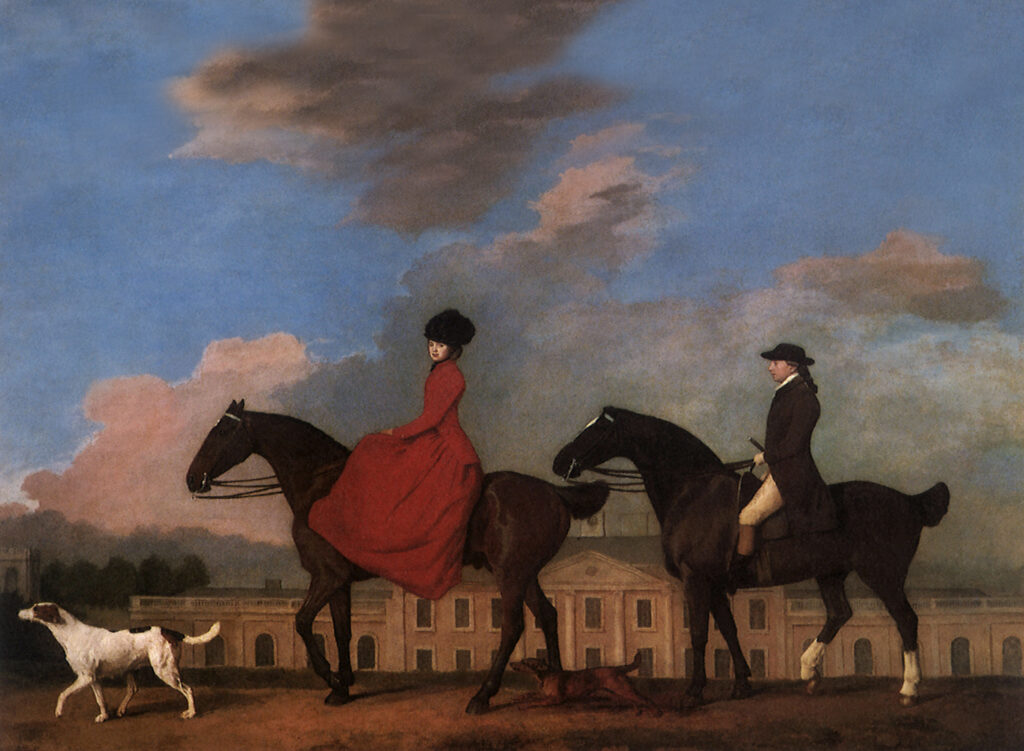
Inspired by 18th-century English hunting scenes, Gallop transports viewers into a world of stately grace and countryside nobility. The artwork depicts horsemen in traditional attire riding alongside a pack of hounds, set against an expansive sky swirling with atmospheric drama. With meticulous brushwork, rich earth tones, and a composition that breathes both movement and calm, the piece evokes a sense of aristocratic leisure and poetic nostalgia.
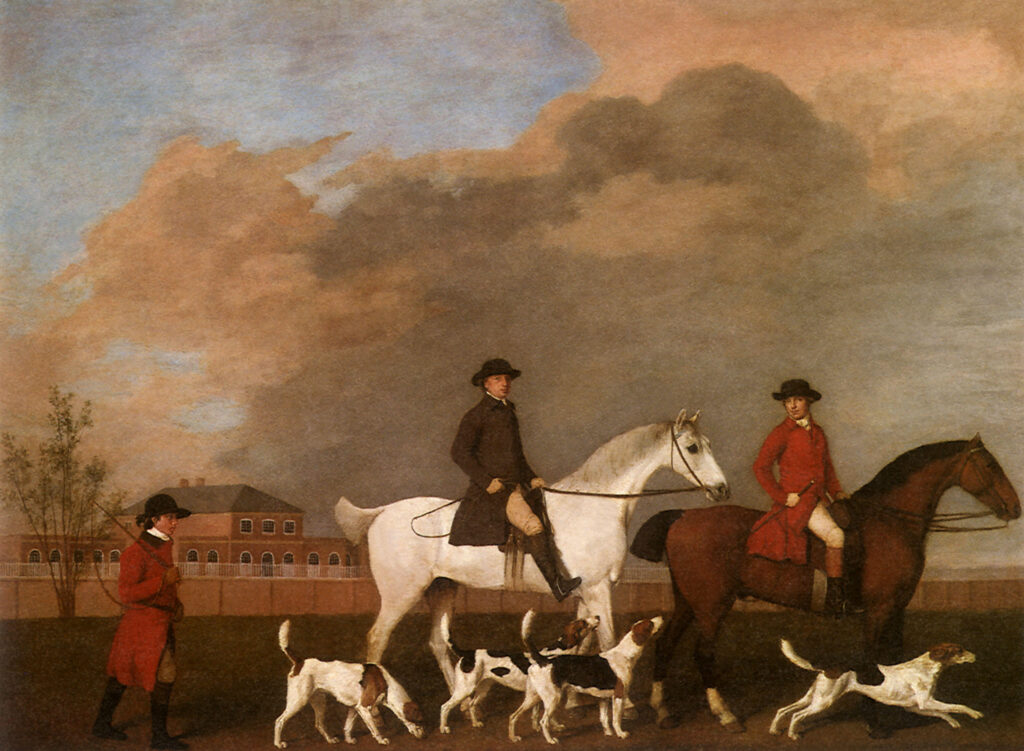
Crafted to complement spaces that speak of taste, tradition, and personality, Gallop finds its perfect place in curated living rooms, studies, or luxury lounges. It is more than décor—it is an experience, a story frozen in time. With Gallop, Natelier continues its legacy of offering art that transcends walls—pieces that are as evocative as they are elegant.
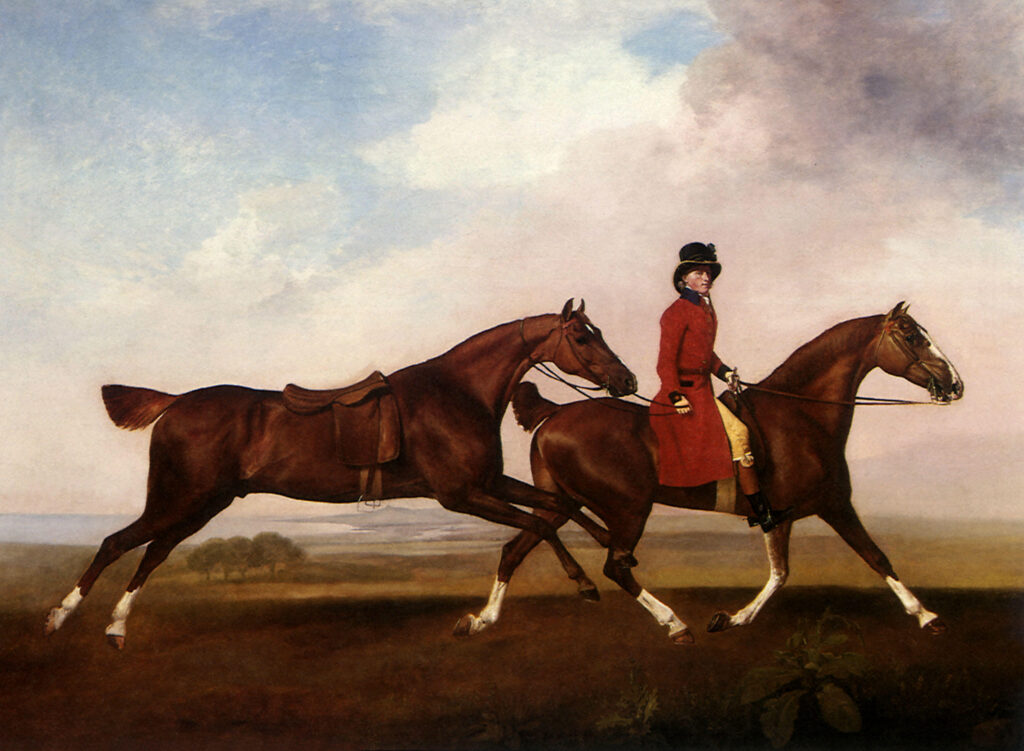
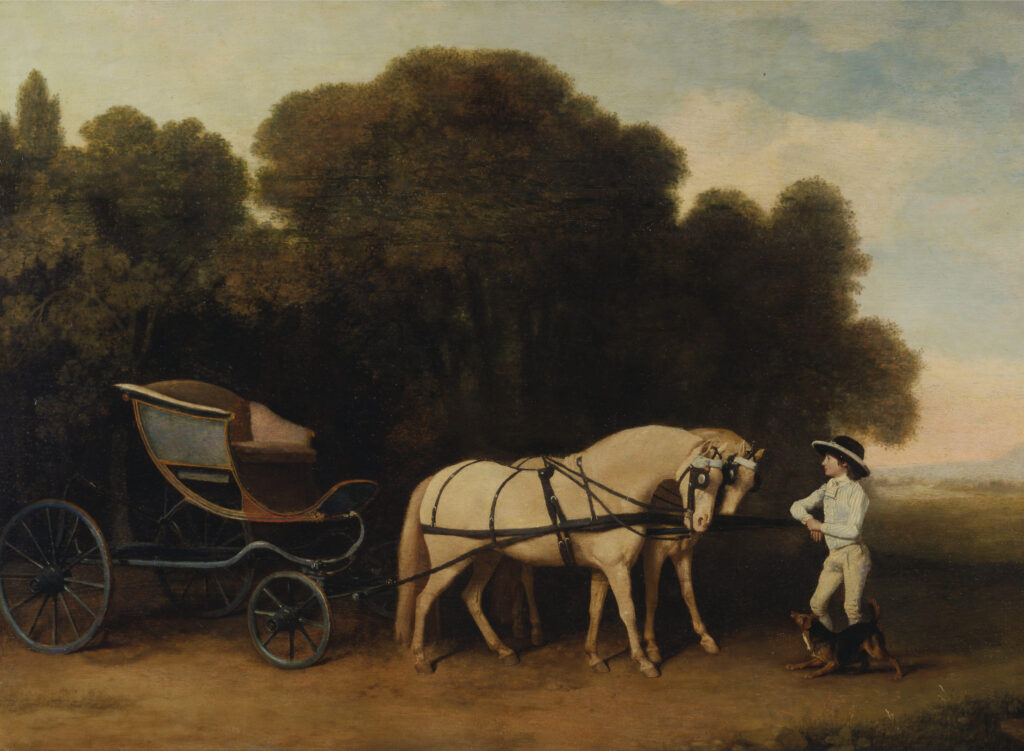
About Natelier by Bent Chair
Bent Chair, known for redefining affordable luxury, takes a leap into the ultra-luxury segment with the launch of Natelier by Bent Chair. Nestled in Delhi’s upscale MG Road decor hub, Natelier offers a unique blend of refined aesthetics and unparalleled craftsmanship, catering to those who seek sophistication and exclusivity in their interiors.
Spearheaded by the dynamic father-daughter duo, Natasha and Neeraj Jain, Natelier is a culmination of their creative vision—an ode to meticulous design and bespoke artistry. Spanning over 22,000 sq. ft., the flagship store is not just a showroom, but an experiential journey. It features eight distinct apartments, each portraying a different style, from Maximal Charm to Alpine Elegance. Visitors are invited to immerse themselves in the world of Natelier and witness firsthand how each piece elevates a space, creating a home that is both luxurious and personal.
Availability:
Natelier by Bent Chair- 3rd Floor, 356-357, Mehrauli-Gurgaon Rd,
Sultanpur, New Delhi, Delhi 110030
Contact: 8448284114
Website: natelierbybentchair.com
Art
Famous Educator Shobhit Nirwan’s ‘Unbarbaad’ Becomes Instant Bestseller, Securing #1 Spot Within One Minute of Launch

Renowned educator and youth mentor Shobhit Nirwan has launched his latest book, “Unbarbaad”, offering a practical and inspiring guide for students navigating the pressures of academic life. Within just one minute of its release on the evening of March 10th, “Unbarbaad” soared to the #1 position on the bestseller list, reflecting the widespread anticipation and excitement surrounding the book.
In “Unbarbaad”, Shobhit Nirwan draws from his personal experiences as a student in Kota, where he faced the rigorous demands of competitive exam preparation. Through relatable stories and actionable insights, he provides students with the tools to manage distractions, stay motivated, and achieve academic success. Each chapter delivers practical strategies on effective studying, time management, and maintaining a positive mindset.
More than just a study guide, “Unbarbaad” empowers young readers to transform challenges into opportunities for personal and academic growth. Shobhit’s straightforward and supportive writing style makes complex concepts easy to grasp and apply in everyday life. The book is an essential resource for students who feel overwhelmed and seek to excel in their studies while building self-confidence.
Speaking about the book, Shobhit Nirwan said, “I wrote ‘Unbarbaad’ to provide students with the guidance I wish I had during my own academic journey. My goal is to help every student realize their potential and navigate their educational challenges with confidence and clarity.”
Art
Posh Pitara is Transforming Spaces with Modern Elegance and Timeless Craftsmanship
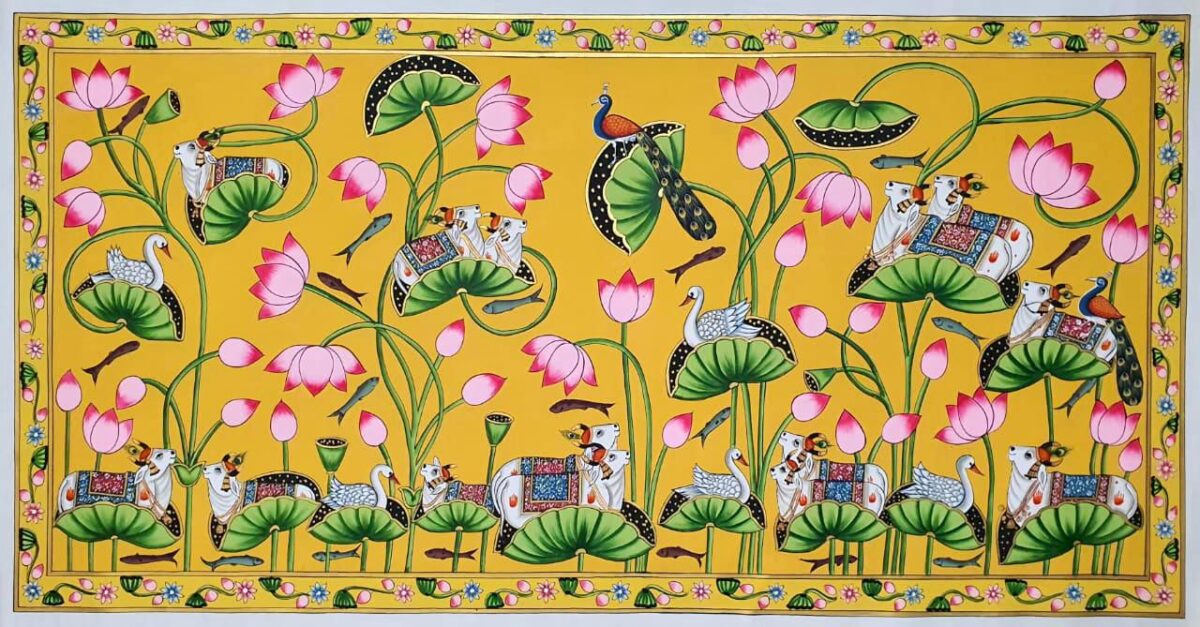
Posh Pitara, a brand synonymous with art, culture, and creativity, is redefining home decor with its exquisite collection of handcrafted and hand-painted pieces. Each creation beautifully blends tradition with contemporary aesthetics, adding a unique charm to any space.
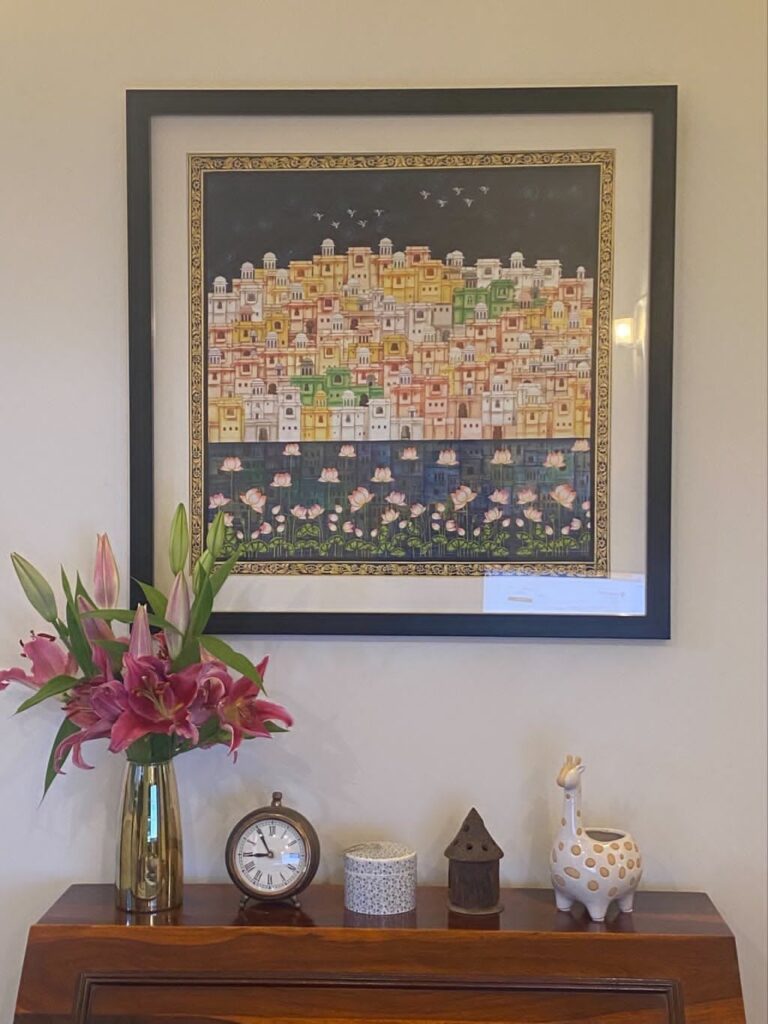
The brand masterfully captures cultural motifs, nature’s beauty, and modern design elements, bringing them to life through the skilled hands of artisans. From statement wall murals and delicate decor accents to intricate Pichwai art, every piece exudes elegance and grandeur, elevating your home with its timeless appeal.
Posh Pitara presents an exclusive collection of handpicked selection of timeless artwork and decor pieces, each crafted with passion and precision:

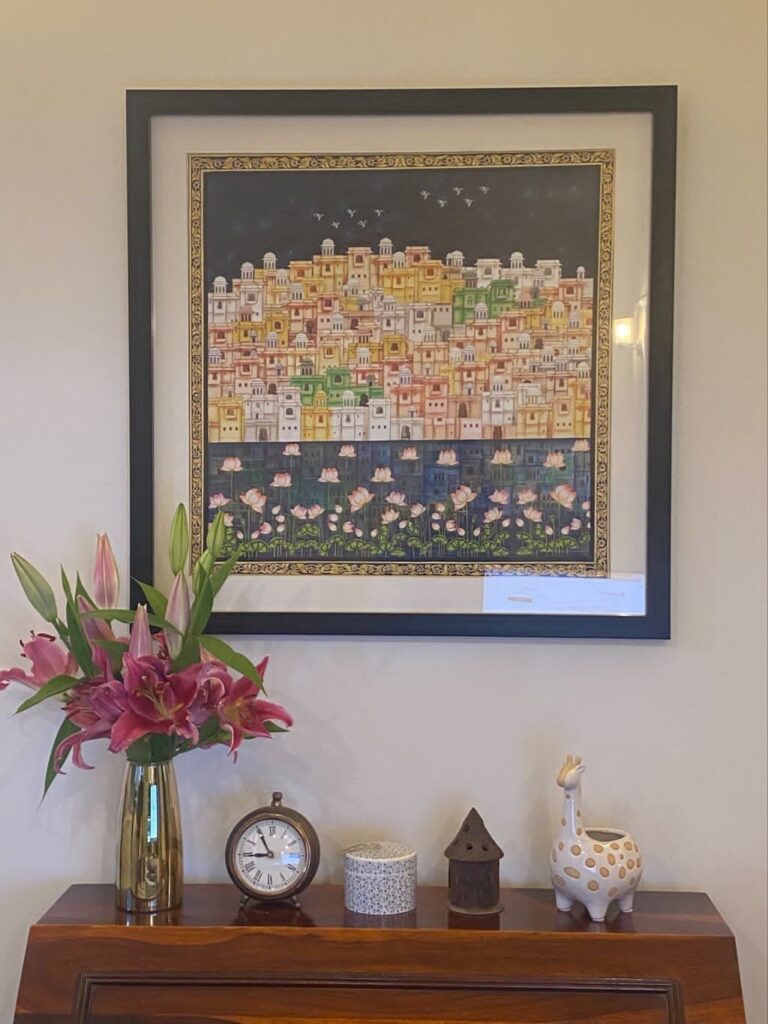
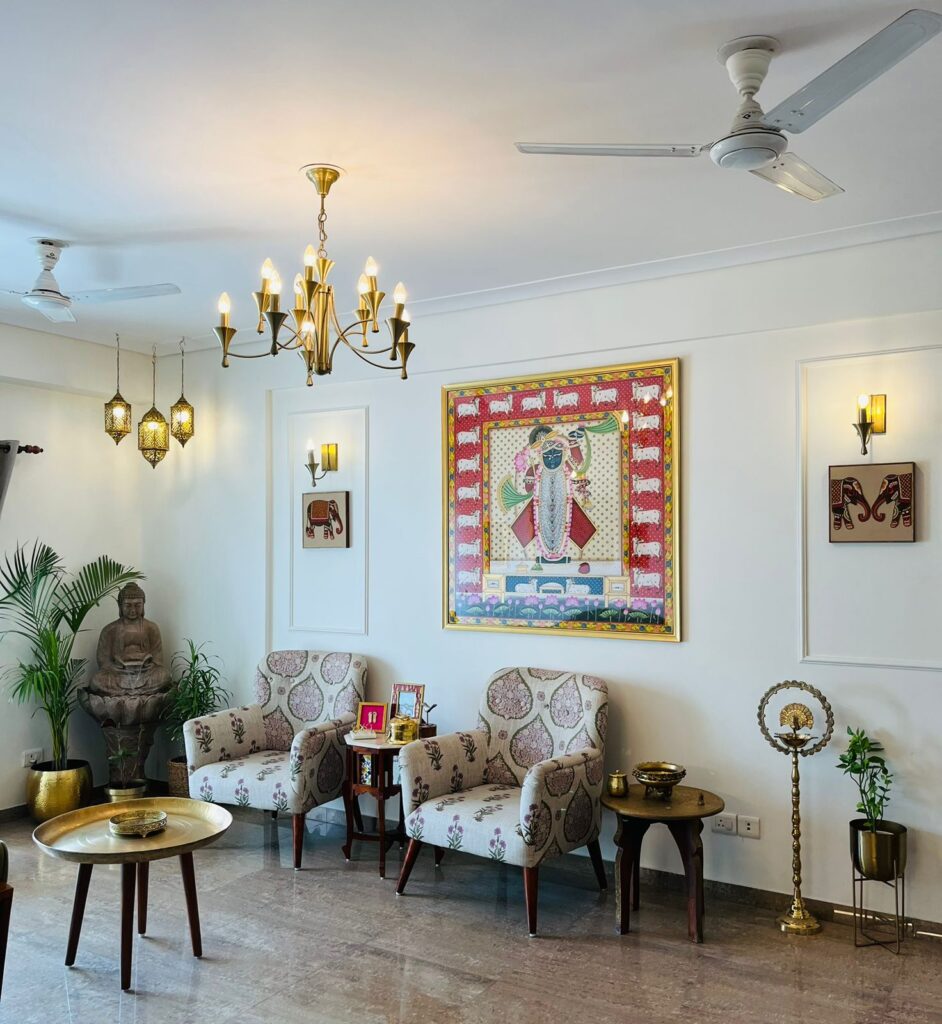
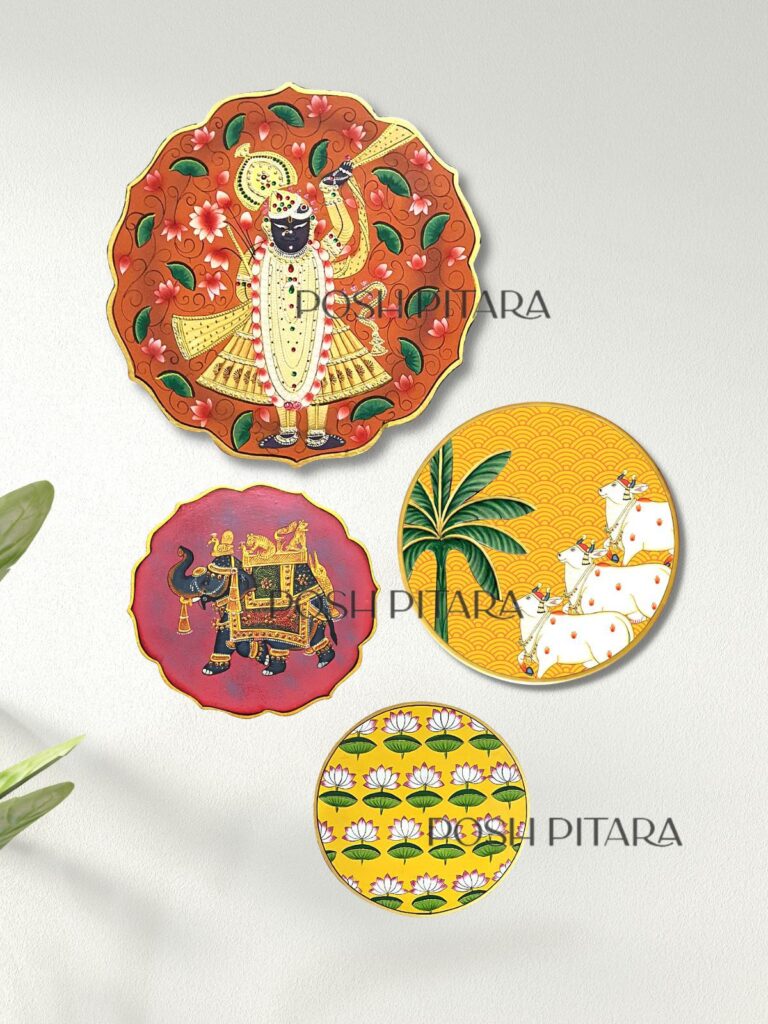
• Hand-Painted Paintings & Wall Plates – Featuring collections like Shreenath Ji, Radha Krishna Artistry, Kamdhenu Paintings, Contemporary Creations Wall Plate Sets, and Mata Ni Pachedi/Kalamkari. These pieces celebrate cultural richness and artistic finesse.
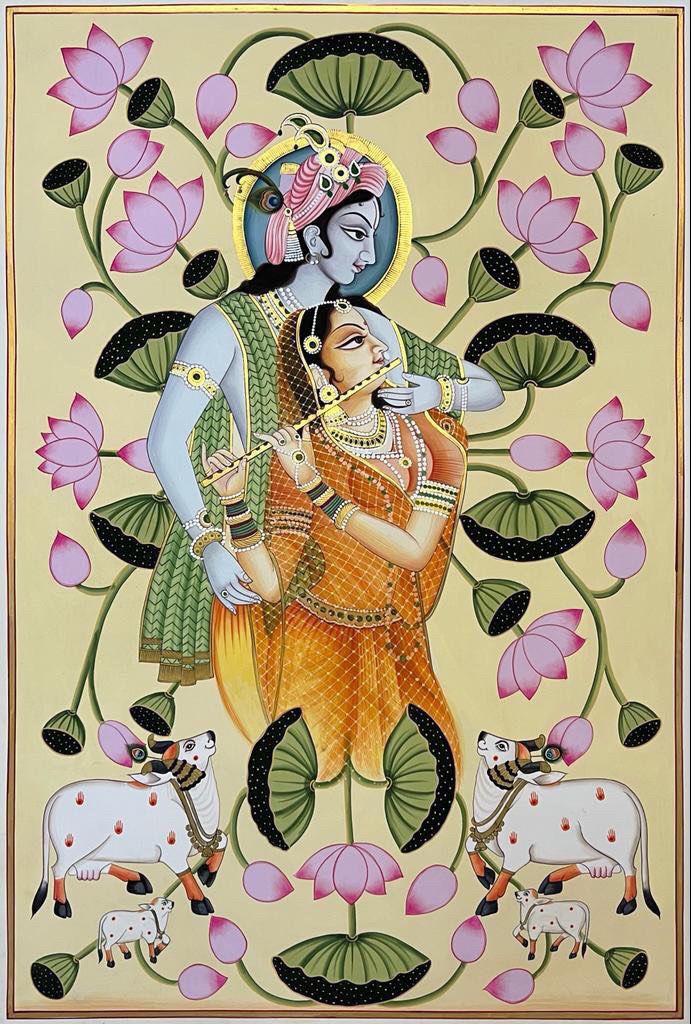
• Home Accents – A curated selection of intricately designed photo frames, decorative tabletop pieces, and hand-painted wall art that effortlessly enhances diverse interior styles.
• Lighting – A collection of handcrafted candles, lamps, and lanterns that not only illuminate your space but also add warmth and character.
• Dining – Elegantly designed cutlery, mugs, glasses, and serveware that bring sophistication to your table setting while blending seamlessly with your decor.
• Furnishing & Bedding – Luxurious textiles, including ottomans, bed covers, bedsheets, dohars, and rajais, that offer both comfort and refined aesthetics for your living spaces.
Posh Pitara is widely recognized for its stunning Pichwai art and meticulously designed wall decor. The brand seamlessly integrates modern styles with cultural heritage, offering a range of contemporary and ethnic-themed pieces that cater to diverse tastes.
Whether it’s a grand, customized wall mural or an intricate hand-painted accent, Posh Pitara turns your home into a masterpiece that reflects your unique story.
Every home has a tale to tell—let Posh Pitara bring yours to life with The Brushed Tales.
For more details on our collections, visit:
 Website: www.poshpitara.com
Website: www.poshpitara.com
-

 Celebrities1 year ago
Celebrities1 year agoVOGUE EYEWEAR UNVEILS ‘KEEP PLAYING’, AN EFFERVESCENT CAMPAIGN WITH BRAND AMBASSADOR
-
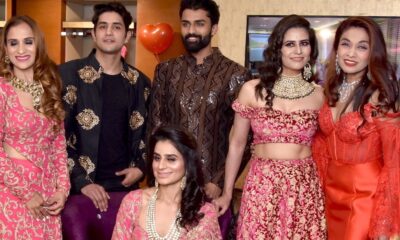
 Events6 years ago
Events6 years agoVandy Mehra & Dr. Sanjana Jon hosted a fashionable evening
-

 Business8 years ago
Business8 years agoUber and Lyft are finally available in all of New York State
-

 Health & Beauty12 months ago
Health & Beauty12 months agoThe Face Shop Unveils the Vitamin Lip Sleeping Mask: A Revolution in Lip Care
-

 Health & Beauty1 year ago
Health & Beauty1 year agoSmooth skin forever? Laser Hair Removal truth
-

 Celebrities1 year ago
Celebrities1 year agoAppu gives meaningful message in country’s first 4K animated
-

 Events12 months ago
Events12 months agoRadhika Ambani donned four bespoke gowns for her $600M wedding
-
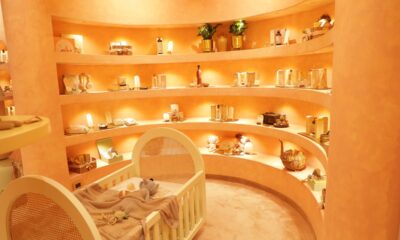
 Health & Beauty12 months ago
Health & Beauty12 months agoBaby Forest Ayurveda opens new brick and mortar store in Noida






